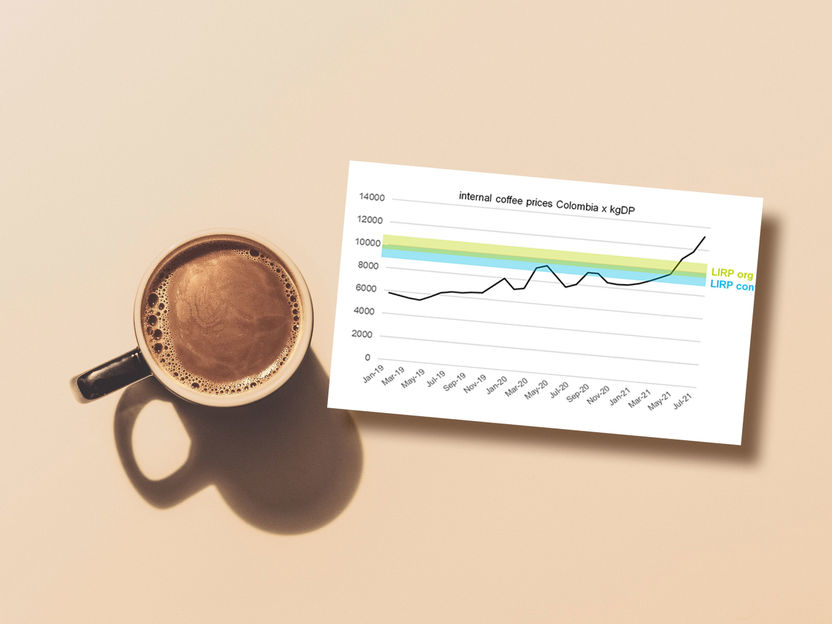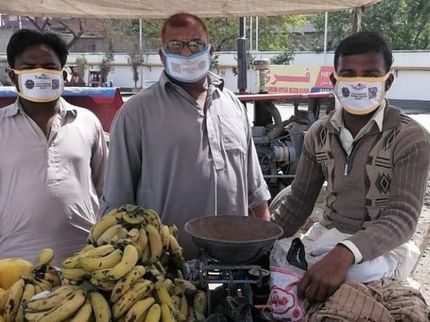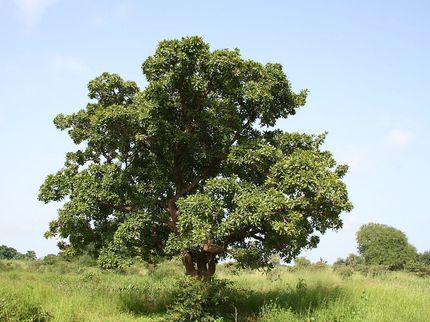Decent coffee prices to stay!
Starting with Colombia, the new Fairtrade Living Income Reference Prices aim to bring sustainable price stability to coffee farmers
The coffee landscape has changed dramatically since 2019 and, while we still remember the massive street protests of Colombian coffee farmers against rock bottom prices, and the endless processions of Central American producers heading North for a better future, today those who have coffee to sell are happy. Stock market prices have sharply risen over the past few months and local scarcity has driven internal market prices up even further, resulting in coffee prices never seen before by the current generation of coffee producers in Colombia.

Graph updated on 22 July 2021
Fairtrade | unsplash
It is at this time that Fairtrade concludes a robust process to define the first set of Living Income Reference Prices (LIRPs) for coffee. Urged by the 2019 price crisis, Fairtrade embarked on a journey to address unsustainably low coffee prices and identify the mix of conditions for smallholder producers to make a decent living out of coffee. Not knowing enough of their actual farm performance, farm record tools were introduced to collect data on farm expenses and revenues, and establish a baseline. Actual incomes were compared against a living income. Furthermore, an analysis of current productivity levels helped define realistically achievable target yields and a viable farm size was determined based on the principle that a full-time farmer should be able to earn a living income from farm revenues.
Fairtrade convened a group of Colombian coffee experts and key stakeholders for a thorough technical analysis of the living income price model. After six months of discussions to determine appropriate values for each of the variables in the model, Living Income Reference Prices for conventional and organic coffee were discovered. For more information, read the explanatory note here.
For Victor Cordero, General Manager at producer cooperative Red Ecolsierra in the Sierra Nevada de Santa Marta, participating in the technical roundtable has been fundamental: “To claim a dignified income is perfectly feasible when it is articulated with the other end of the chain, that is, the origin with the destination. If our roasters and our customers at destination recognize this price, our families will surely have a decent income.”
A Living Income Reference Price not only enables producers to invest in their farms and afford a decent standard of living, but it also makes them more resilient to cope with shocks, such as price crises, natural disasters or pandemics, which is crucial for the long term sustainability of the coffee sector.
And guess what? Since June this year, internal market prices in Colombia have surpassed the range of LIRPs established, proving that it is possible to pay a sustainable price.
The isolated village of Planadas in Colombia, once cradle of the FARC guerrilla and infamous poppy growing territory, today “lives, smells and tastes of coffee”, according to Camilo Enciso, General Manager of producer organization ASOPEP. Some 300 coffee growing families who make up ASOPEP, have entrusted him to find a way to secure the current prices for the long haul. This is a major challenge for all leaders of coffee cooperatives whose members rely on their ability to negotiate sustainable prices for their coffee. Being able to demonstrate what price is needed is key to convince their buyers, like Camilo and Victor did.
As a next step, Fairtrade will be designing pilot projects with committed commercial partners and the producer organizations they source from, to implement Living Income Reference Prices and address other necessary variables for a living income.
Victor announces: “We are going to start a pilot project that will surely allow our members to improve their economic stability, to receive a fair price, but most importantly, get recognition that this price is fundamental to continue delivering a coffee of high quality standards to the market, a fairly traded coffee that values the work of the families at origin.”































































